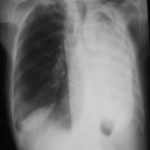Date: 26 November 2013
Secondary metabolites, structure diagram: Trivial name – Emodin/Archin/Emodol/Frandulic Acid
Copyright: n/a
Notes:
Species: A. aureus, A. sclerotiorum, A. terreus, A. wentiiSystematic name: 9,10-Anthracenedione, 1,3,8-trihydroxy-6-methyl- (9CI)Molecular formulae: C15H10O5Molecular weight: 270.237Chemical abstracts number: 518-82-1Selected references: Kiriyama, Noriki; Nitta, Keiichi; Sakaguchi, Yoshiaki; Taguchi, Yasuhisa; Yamamoto, Yuzuru (Fac. Pharm. Sci., Kanazawa Univ., Kanazawa, Japan). Chem. Pharm. Bull., 25(10), 2593-601 (English) 1977.Toxicity: Mean lethal dose of emodin orally administered to 1-day-old DeKalb cockerels was 3.7 mg/kg.BACKGROUND: Emodin, a widely available herbal remedy, was evaluated for potential effects on pregnancy outcome. METHODS: Emodin was administered in feed to timed-mated Sprague-Dawley (CD) rats (0, 425, 850, and 1700 ppm; gestational day [GD] 6-20), and Swiss Albino (CD-1) mice (0, 600, 2500 or 6000 ppm; GD 6-17). Ingested dose was 0, 31, 57, and approximately 80-144 mg emodin/kg/day (rats) and 0, 94, 391, and 1005 mg emodin/kg/day (mice). Timed-mated animals (23-25/group) were monitored for body weight, feed/water consumption, and clinical signs. At termination (rats: GD 20; mice: GD 17), confirmed pregnant dams (21-25/group) were evaluated for clinical signs: body, liver, kidney, and gravid uterine weights, uterine contents, and number of corpora lutea. Fetuses were weighed, sexed, and examined for external, visceral, and skeletal malformations/variations. RESULTS: There were no maternal deaths. In rats, maternal body weight, weight gain during treatment, and corrected weight gain exhibited a decreasing trend. Maternal body weight gain during treatment was significantly reduced at the high dose. In mice, maternal body weight and weight gain was decreased at the high dose. CONCLUSIONS: Prenatal mortality, live litter size, fetal sex ratio, and morphological development were unaffected in both rats and mice. At the high dose, rat average fetal body weight per litter was unaffected, but was significantly reduced in mice. The rat maternal lowest observed adverse effect level (LOAEL) was 1700 ppm; the no observed adverse effect level (NOAEL) was 850 ppm. The rat developmental toxicity NOAEL was > or =1700 ppm. A LOAEL was not established. In mice, the maternal toxicity LOAEL was 6000 ppm and the NOAEL was 2500 ppm. The developmental toxicity LOAEL was 6000 ppm (reduced fetal body weight) and the NOAEL was 2500 ppm. Copyright 2004 Wiley-Liss, Inc.
Images library
-
Title
Legend
-
Pt AR Interval development of chronic cavitary pulmonary aspergillosis in the context of sarcoidosis
This patient was diagnosed with sarcoid after developing a chronic cough with the attached chest X-ray. In February 2003 the X-ray demonstrated bilateral extensive changes consistent with fibrocystic sarcoidosis with a complex cavitary area in both apices, more marked on the right. She was given a course of corticosteroids.
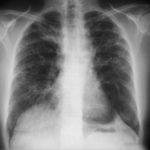
-
Further details
Image B. Additional cavities are apparent inferior to this large cavity and are in communication both with the bronchi and the additional cavities. Some of the apparent cavities are probably dilated bronchi. The left lower lung is completely opacified otherwise. The degree of pleural fibrosis surrounding the left apical cavity is reduced slightly over the interval of four months.
Image C. This shows an almost normal hyperexpanded right lung with a very substantially contracted left lung with one large airway visible and probably incontinuity with a slightly irregular cavity containing some debris, presumably fungal tissue. Other levels show very large left apical cavity with numerous subsections containing debris or fibrotic tissue and almost complete fibrosis of the lung below the level of the carina on the left, with some calcification within the fibrotic lung tissue.
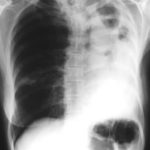 ,
,  ,
, 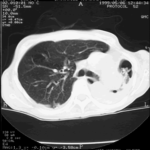
-
Transverse sections through the thorax of a patient with AIDS, hepatitis C and a left tempero-parietal cerebral lymphoma. His CD4 cell count was 45 x 106 / l. The lymphoma was proven by biopsy after a poor response to anti-toxoplasma therapy. He was given dexamethasone to cover the surgery and then developed diabetes mellitus. He did not receive chemotherapy for his lymphoma but did have 2 cerebral radiotherapy treatments (1.8 Gy each). Three weeks after the biopsy he developed dyspnoea and fever. Shortly after this he developed a right-sided hemiparesis, became comatose and died 2 days later.Autopsy showed a cerebral lymphoma and pulmonary and renal aspergillosis. Aspergillus nidulans was recovered from cultures of lungs and kidney.
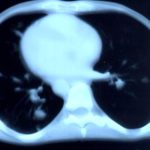 ,
, 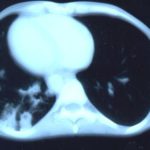 ,
,  ,
, 
-
Fever chart of Pt CA -heart transplant pt with candidemia on amphotericin therapy, who developed pulmonary aspergillosis.

-
A Colonies on MEA + 20% sucrose after two weeks; B ascomata, x 40; C conidia and conidiophore, x 920; D ascospores and conidia x2330; E portion of ascoma with asci x920

-
A 66 yr old patient in good general health developed onychomycosis. Samples taken from the affected nail were grown by culture and examined by microscopy. Oral itraconazole pulse therapy was given to the patient (200 mg twice daily for 1 week, with 3 weeks off between successive pulses, for four pulses) and treatment was successful.
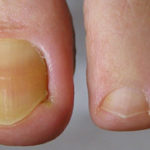

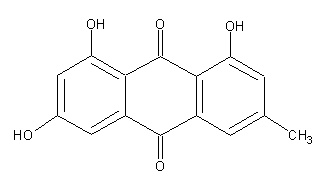

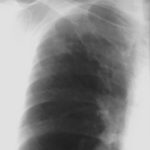 ,
,  ,
, 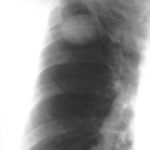 ,
, 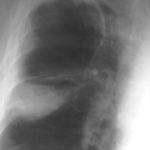 ,
,  ,
, 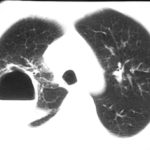
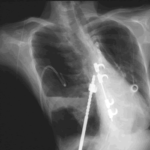
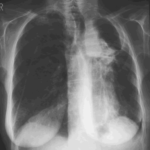 ,
, 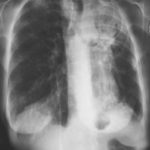 ,
, 